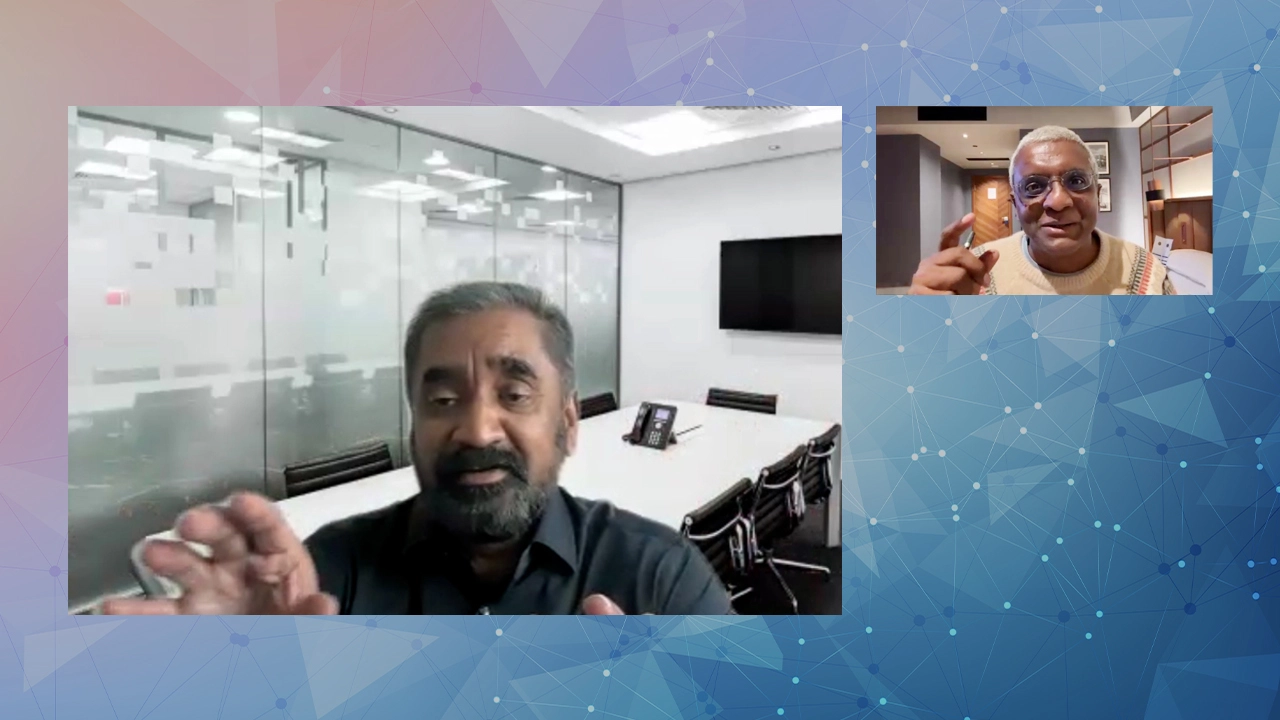Retail financial services players poised to reap tangible benefits from AI

Artificial intelligence (AI) is set to transform retail banking, impacting the customer journey from acquisition on through to retention.
- Customer service via chatbots is currently a key focus for AI usage
- AI in marketing, fraud risk management and automation may deliver even greater value
- AI delivers results by finding unknown unknowns and what people really want
Approaches to AI vary widely
Even though usage of AI at most financial institutions (FIs) is still at a nascent stage, the impact on FIs that use it well are stunning. Marketing is tremendously more effective, as Table 1 below indicates, and fraud and operations costs can plummet.
Table 1: Improvements resulting from AI usage in retail banks

AI has resulted in massive improvements in retail banking, with some FIs even reporting improvements that are multiples of results in the table above. Experts expect the impact to grow substantially as banks gain more experience with it.
Source: Asian Banker research
While spending on AI varies widely, with some banks spending $3 million or less annually and others spending billions, the total spent on AI is forecast to increase dramatically, as shown in Table 2. Goldman Sachs also estimates that AI-enabled cost savings and revenue growth could total £33 billion ($46 billion) annually by 2025.
Table 2: Forecast spending by banks on AI

spending on AI is already high and is likely to increase nearly 50% per year over the next several years, as banks strive to increase their competitiveness and improve the customer experience.
Source: Asian Banker Research
N26 bank in Germany, for example, uses AI to solve customers’ problems by identifying their preferences, empowering its workforce with better insights and emotional intelligence, and having staff speed through analysing dozens of risky transactions with an AI assistant.
Customer Service - Chatbots that are more "human"
Perhaps the most common use of AI is in customer service, where banks are introducing chatbots backed by conversational AI to respond to customers’ questions, manage customer requests and make product recommendations. Chatbots can also be integrated with social networking sites and accept requests directly from social media.
Beyond just using chatbots for customer responses, leading banks are pairing AI with customer engagement platforms so customer service agents can deliver better service. SEB’s Aida chatbot, for instance, can answer inquiries, ask follow-up questions, analyse whether the caller is frustrated, send questions it can’t answer to a person, and use interactions to learn how to resolve problems in the future.
Robo-advisors are upending the investment landscape, too, with AI-powered platforms automating asset management and sometimes almost entirely eliminating financial advisors.
Marketing with game-changing insights and predictions
Although much of the focus for using AI is currently on chatbots, it may be even more impactful in marketing.
On the front end, FIs are already using AI to identify new customers. One company that leveraged AI to analyse social media, for instance, sent travel insurance offers to women who had switched from checking Zalora to searching DFS duty-free stores and multiplied offer take-up rates many-fold at a fraction of traditional marketing costs.
Once customers are on board, FIs are using AI to learn about customers' past activities, predict future behaviour and customise products to meet their needs. Cross-sell and next-best-offer take-up at some FIs are 5-to-10 times previous levels.
By using AI to analyse data about customers, such as product usage or website interactions, FIs can display the most relevant offers on their website and deliver hyper-personalised notifications or recommendations with customised images and taglines to individual users at the right time.
Risk detection and prevention
At a time when fraud risks ranging from money laundering to cyber-attacks are increasing rapidly, AI can be especially useful in identifying fraudulent behaviour or suspicious transactions and detecting cyber-security threats.
On the front end, AI can streamline customer onboarding and insurance origination by determining customer and document authenticity. Coupled with loan origin software, AI can provide degrees of automation previously thought impossible.
By mimicking the thought process of human analysts to review each transaction real-time, AI can also predict the likelihood of account compromise and detect fraud before it happens. AI can also use correspondence, social media, current events and other data to detect a customer’s intentions and prevent crimes. “We look at everything - screen swiping, battery, device ID, millions of points,” CashShield CEO Justin Lie explained, to identify fraud for banks real-time.
The improvements are enabling FIs to provide a better consumer experience with less fraud and ensure compliance with ever-increasing regulatory requirements. Cuscal in Australia, for instance, said it improved fraud detection of everything from social engineering scams to “mule” accounts by 38%.
Process automation
Robotic process automation (RPA) has focused primarily on mundane and repetitive tasks such as account reconciliation and audit support, which deliver faster service to more-demanding customers and help to reduce staff costs. By using AI, though, FIs can automate tasks that were thought to be exclusive to humans. FIs are using AI for bots that interact with customers in a nearly-human manner, for example, to automate loan decisions, investment advice and more.
While AI often augments staffs’ capabilities so that they work better to generate more revenue and reduce costs, former Citigroup CEO Vikram Pandit forecasts that AI could eliminate 30% of banking jobs within five years.
Case Studies
Danske Bank
“What we are trying to do,” said Danske Bank group head of commercial excellence Lars Malmberg, “is to make our algorithms more advanced and program customer behaviours. There is a difference between letting the machine define the rules, instead of the subject matter experts.”
Top management pushed for investing in AI at an early stage, said Malmberg, and funded three projects focusing on customer service, fraud risk and marketing. After using AI in stand-alone pilots initially, the Bank more recently decided to integrate it into running the entire business.
Customer-facing solutions include chatbots and artificial advisors for mortgages and investments, Malmberg said, and the Bank has found that customers accept the advice without caring whether it’s from a robot or a (human) advisor.
The data quality, skill sets and tools are not the most difficult parts of AI, Malmberg explained. Instead, the most complicated part is changing the mindset of the entire organisation. “Don’t underestimate the change process,” he advised. “It takes time to plan that and train managers to cope with the change.”
Malmberg believes it is better to develop AI internally rather than through consultants, though the Bank has occasionally used external advisors in selected areas to accelerate change. “This is part of your DNA, your operating model. It should be very much driven by yourself.”
Some of the greatest impacts are in one-to-one marketing, Malmberg said, as AI has improved sales by up to four times and reduced churn. While results dip during the transition from a pilot to scaling across the entire bank, performance bounces back soon.
Sqreem
In retail banking, Sqreem CEO Ian Chapman-Banks explained, AI will have three key elements. First, banks will use it to acquire more customers by piecing together unstructured external data so they can understand customer behaviours and target relevant media channels. The second is customer lifecycle management, using a 360-degree view to cross-sell or upsell. And finally, FIs will use AI for anti-money laundering, fraud detection, and terrorist tracking, with fewer false positives.
While FIs expect AI to solve problems right now, Chapman-Banks said people overestimate the effect of technology and it will take longer. By 2020, however, “the effect of AI will be greater than anyone can imagine.”
Whereas only about 3%-5% of customers open Facebook ads and take up the offer now, AI will enable FIs to deliver such appealing ads that 20%-40% of customers will click and take up an offer. Rather than leveraging ad agencies focused on responses to ads, then, bank staff can concentrate on developing tailored products and product innovation.
Indeed, Chapman-Banks said, some companies are using AI to design products by picking up behavioural changes and unmet needs that are hard to detect. “Traditional research only ask the questions that you think are the right questions. AI will find unknown unknowns, what people really want.”
Leveraging the AI Opportunity
Leaders in AI are using five key steps to succed:
- Customer focus: Start with the customer, not the technology
- Data design: Be strategic in designing products, to maximise data acquisition
- Data accessibility: Make data accessible across the entire organization
- Structure: Build a shared taxonomy around AI output and content delivery
- Agile development: Use AI to make product changes more quickly
While data warehouses and data analytics were viewed as strong tools in the past, AI brings data usage to an entirely new level, with unprecedented opportunities. FIs that use AI effectively have the opportunity to engage their customers and deliver results that will position them for the profitability that shareholders demand.
Keywords: AI, Chatbots, RPA
Institution: Goldman Sachs, N26 Bank, SEB, Zalora, CashShield, Citigroup, Danske Bank, Sqreem
People: Justin Lie, Vikram Pandit, Lars Malmberg, Ian Chapman-Banks









Leave your Comments